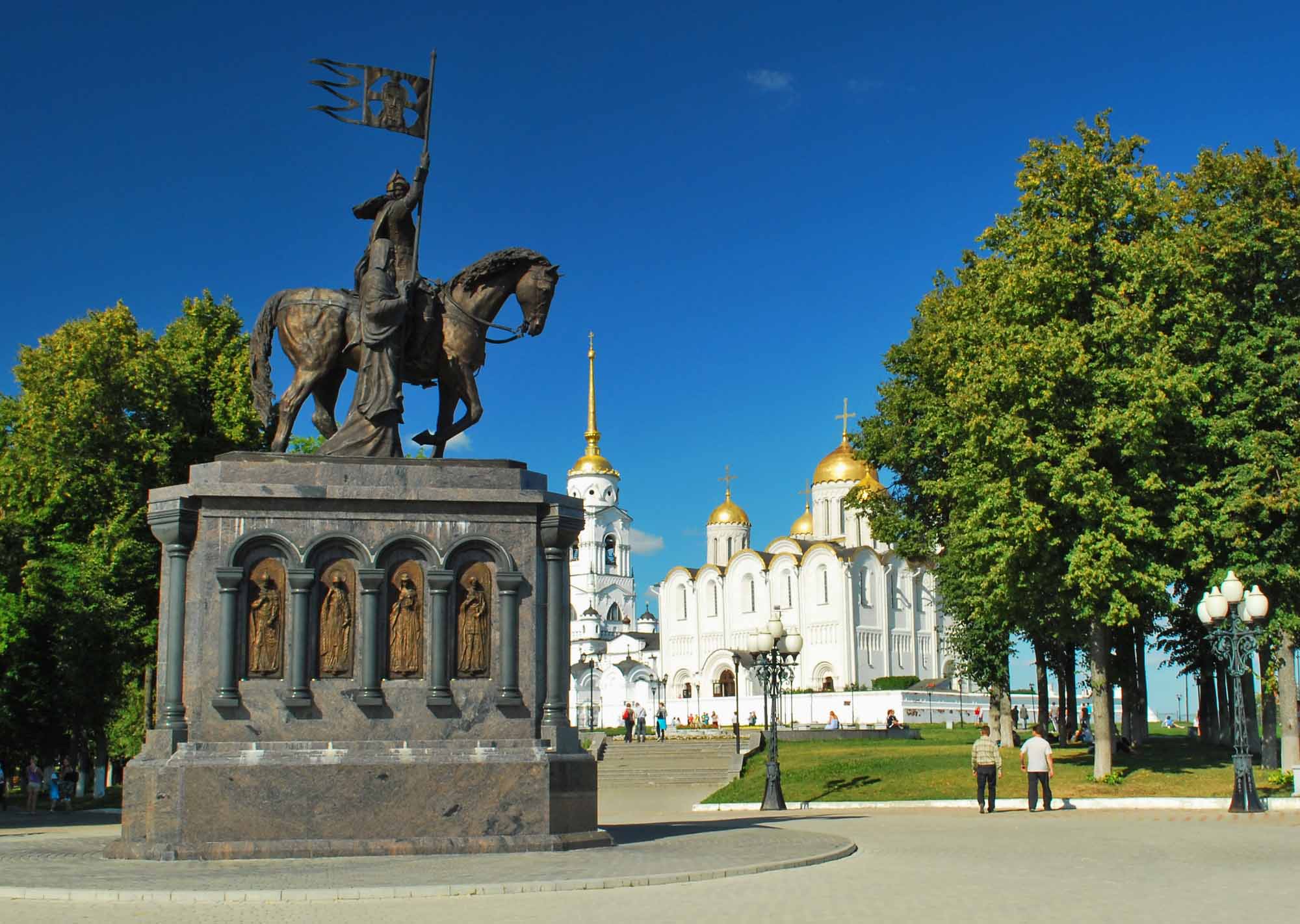
Located to the east from Moscow (182 km) Vladimir was founded in the end of the X c. by Kievan Prince Vladimir the Great who introduced Christianity in the Kievan Rus (988). After disintegration of the Kievan Rus the city of Vladimir was one of the largest centers of Vladimir-Suzdal Principality and in 1157 its prince Andrei Bogolyubsky moved his capital to Vladimir. In 1299 Vladimir became a residence of Russian Metropolitan. By the mid-XIV c. Moscow became the main political center of Russia and Vladimir had lost its political importance. The ancient monuments of the XII c. still remain in the city and its suburbs. There three great XII c. buildings in Vladimir: the Cathedral of the Dormition with wall-paintings by Andrei Rublev and Daniil Chyorny (XV c.), the Church of St. Demetrius staying close to the Cathedral with facades ornamented with fine white-stone carving and many times rebuilt white-stone the Golden Gates included to the UNESCO World Heritage List, unique for the medieval Europe construction where fortification, the Front City Gates (Arc of Triumph) with half-encompassed ceiling and the Church over the Gates were combined.

The residence of Prince Andrei Bogolyubsky was located in small town Bogolyubovo (7 km close to Vladimir). The town of Bogolyubovo was the first stone town of the Northern Russia. It witnessed the promotion, fame and tragic death of Prince Andrei Bogolyubsky, one of the most outstanding figures of the medieval Russia. Now the active Bogolyubovsky Convent is situated on the place of the former Prince residence. The remains of Prince Palace (XII c.) are still here.
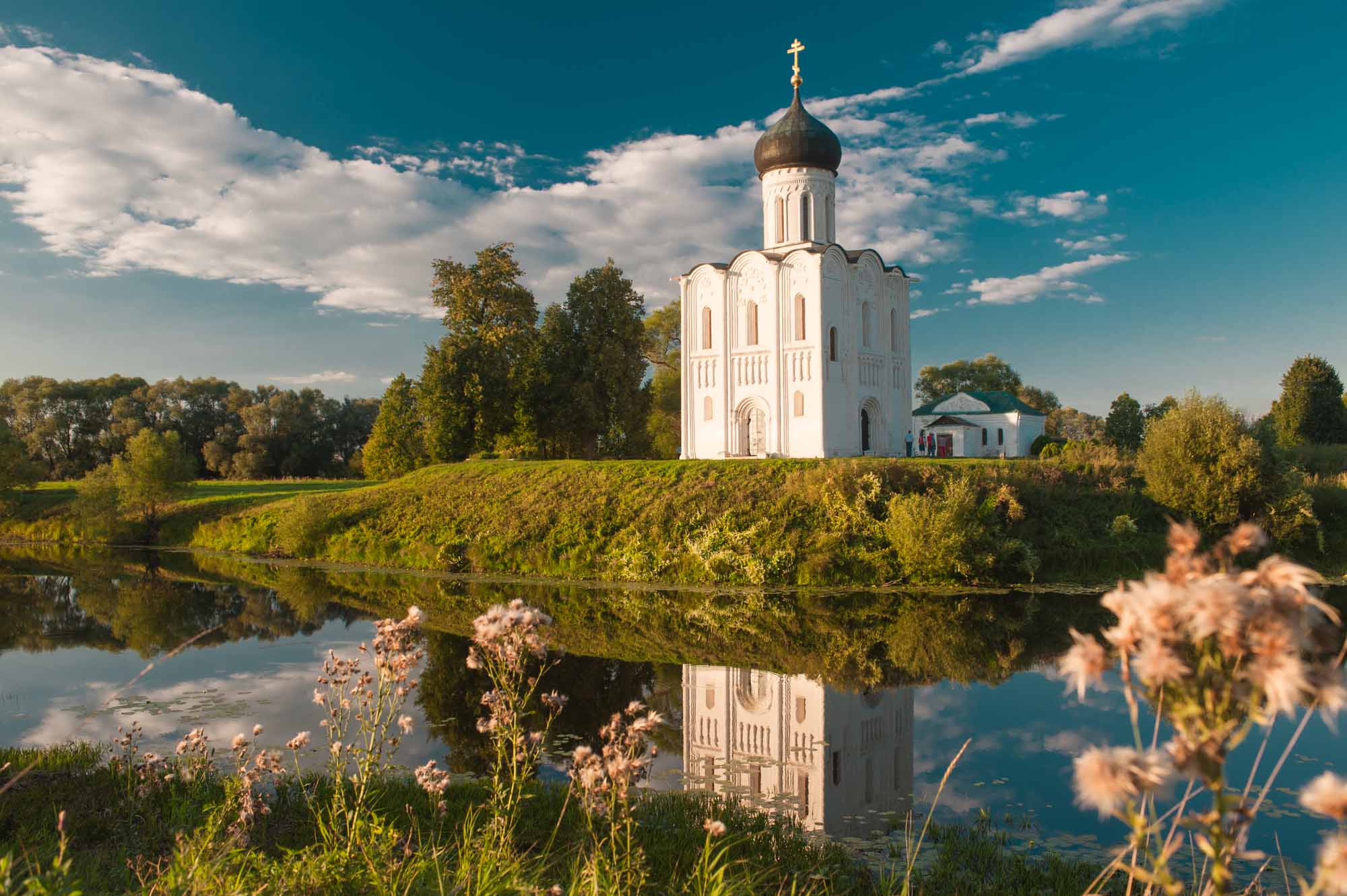
This church located not far from Bogolyubovo is considered a real masterpiece of the ancient Russian architecture and included to the UNESCO World Heritage List. The moderate tracery ornament contribute to the quiet beauty of the church. This is the Church of the Intercession on the Nerl River built on the order of Prince Andrei Bogolyubsky (1165) in the honour of the Holy Virgin whose cult was admired and introduced actively by him.

Suzdal is one of the best-preserved towns of medieval Russia. The town has a lot of splendid architectural monuments of different epochs: Kremlin with the Cathedral of the Nativity of Our Lady with its relic Golden gates — Europe’s rarest sample of copper gilding (XIII c.), the Bishop’s Palace (the former residence of the local clerical sovereigns built in the end of XVII – early XVIII cc. whose Cross-Vaulted Chamber is real architectural masterpiece), the Monastery of the Saviour and St. Euthimius where you can enjoy live bell music, the Convent of the Intercession, downtown trading arcade presenting the life of local merchant community of the XVIII c.. The open-air Museum of Wooden Architecture presents the XVIII-early XX cc. cult, residential and economic buildings of Vladimir Region villages. Industrialization of the second part of the XIX c. didn’t affect Suzdal because the town was away from the rail road. That’s why Suzdal remained out-of-the-way place so visiting Suzdal you get into the magic world of Russian olden times.
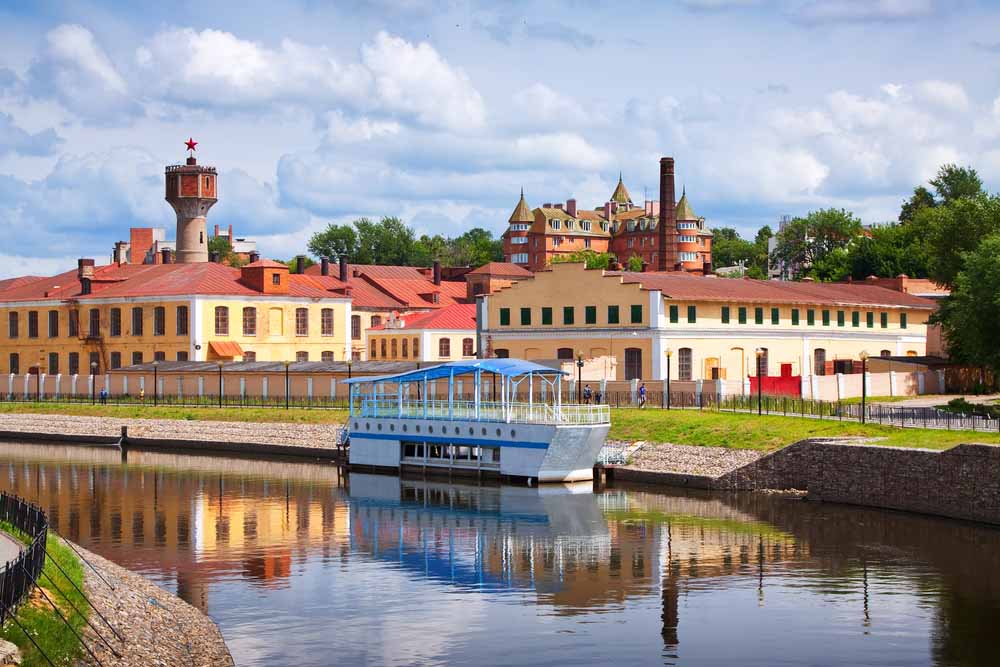
Ivanovo is one of the oldest and the largest centers of textile industry in Russia. In the end of the XIX – early XX cc. Ivanovo called the Russian Manchester competed with city of Lodz located in the Russian part of Poland (after WW II these Russian and Polish cities became twin towns) for unofficial title of the largest center of textile industry in the world. In the beginning of the XX c. Ivanovo was one of the main centers of revolutionary movement in Russia. The first Soviet (“council”; elected representative and executive authority body; after the October Revolution of 1917 Soviets became a basis of political system of Russia and then of the USSR) was arranges in Ivanovo by local workers during the Revolution of 1905. In Soviet period Ivanovo received folk name of the City of Brides because the main population of the city was unmarried women working at numerous local textile factories. The Museum of Ivanovo Chintz presents the history of textile industry development and unique collection of fabrics. There is a lot of interesting architectural monuments of different epochs (classicism, eclectic, modern) kept in Ivanovo but the most important objects of architectural heritage are buildings of the Soviet constructivism style (1920s-1930s): the Ship-house, the Horseshoe-house, the Regional Bank building, the Palace of Arts, the Collective-house, the Ivanovo railway station, Oblsovnarhoz-houses.
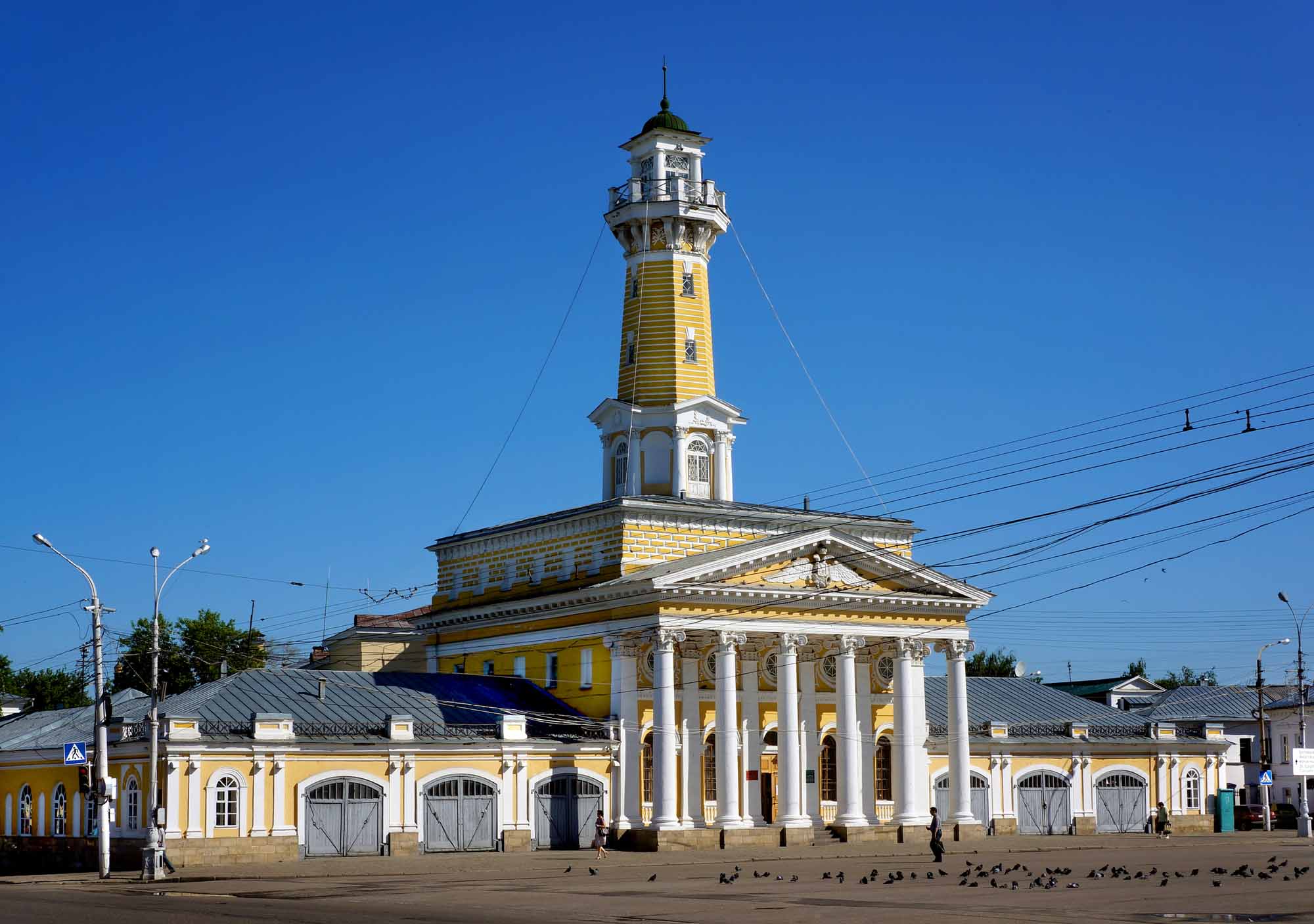
Founded in 1152 by Prince Yury Dolgoruki Kostroma is one of the oldest Russian cities. In XVIII c. Kostroma became provincial center. In the center part of Kostroma you can see a lot of buildings typical for Russian provincial architecture: Hauptwache (Military Prison), Fire House with watch tower. Thanks to its very advantageous location on the Volga River bank was important merchant transit point. Local trading arcade is one of the largest market center of the XVIII-early XIX cc. preserved till nowadays. An unforgettable flavor to the unique setting of old architecture and the picturesque views of Kostroma are added by its beautiful churches. Local churches are known for their rich interior decorations and especially for their frescoes. The Church of Resurrection (XVII c.) has unique iconostasis.
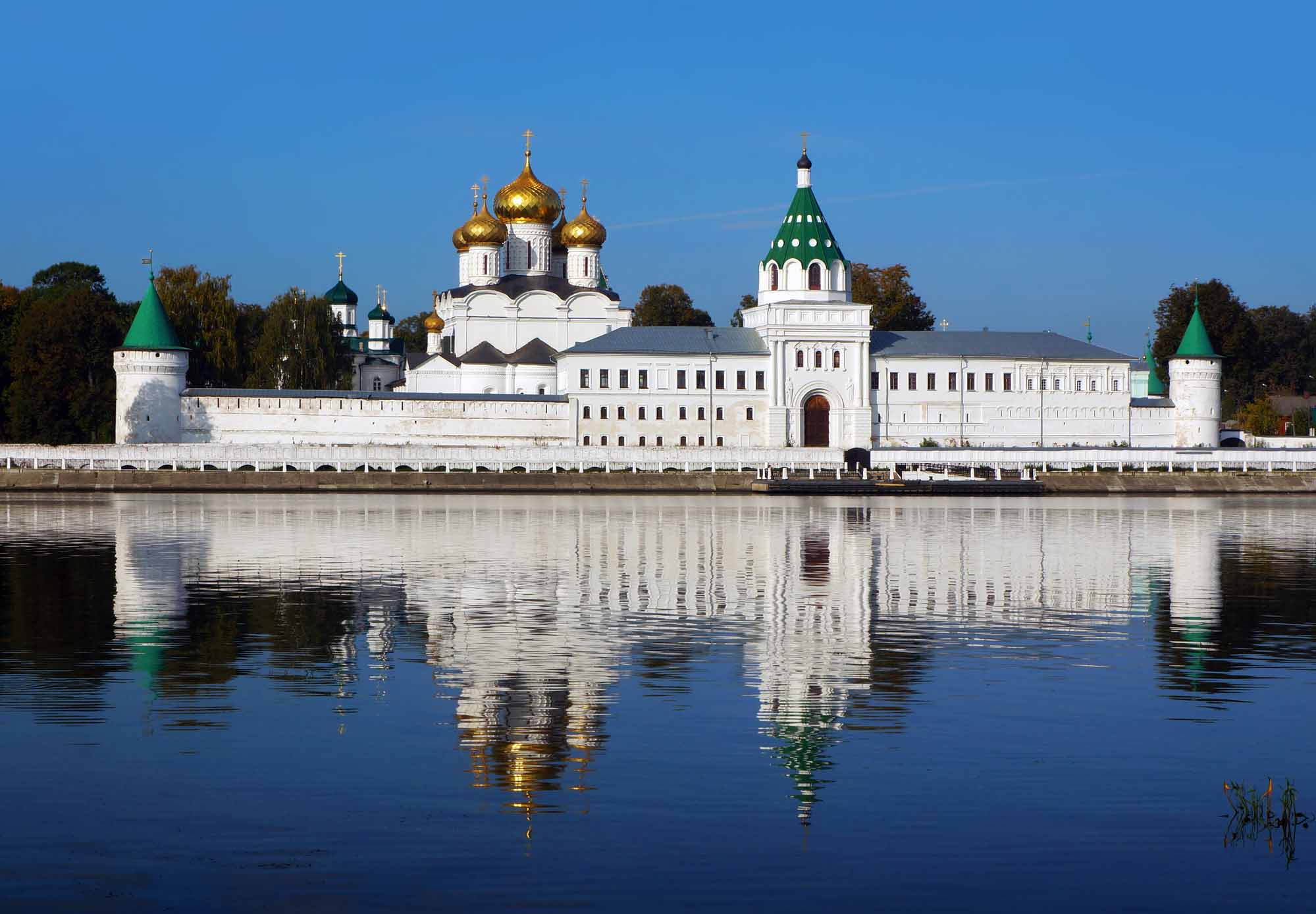
In 1600 Tsar Boris Godunov exiled Fyodor Romanov to the St. Hypatius Monastery located at the Godunov family fiefdom not far from Kostroma. His son Mikhail Romanov was here when he was elected the Tsar by Zemsky Sobor (“Assembly of the Land”, in XVI-XVII cc. Russian feudal parliament) in 1613. The Monastery of St. Hypatius presents XVI-XVII cc. architectural ensemble which is a museum now. You will see XVII c. frescoes and majestic five-tier iconostasis made by local eminent wood-carvers at the Trinity Cathedral (1652), the family burial of the Godunov Boyars.
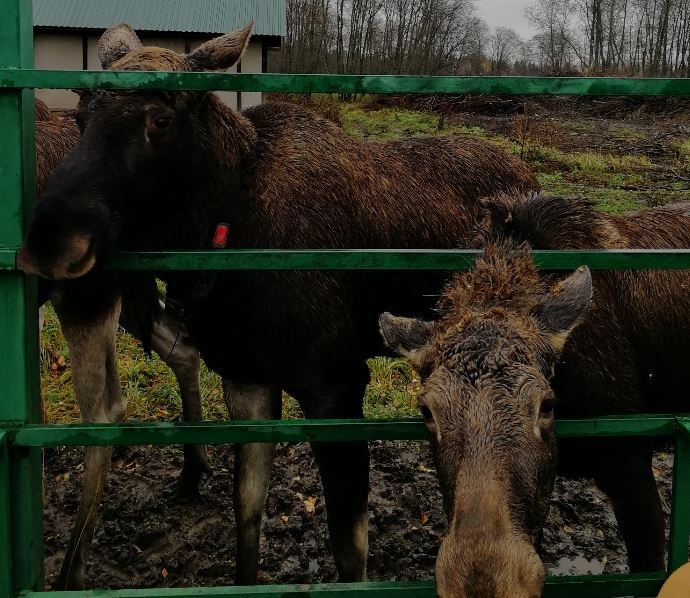
The unique elk-farm located not far from Kostroma is the only farm of such kind in the world. Elk-cows were tamed to get precious milk. While visiting the elk-farm you will have a pleasure to feed tamed animals out of your hand. You will have a unique chance to see baby elks (in May-September period) and to taste elk milk that is of great curative value.
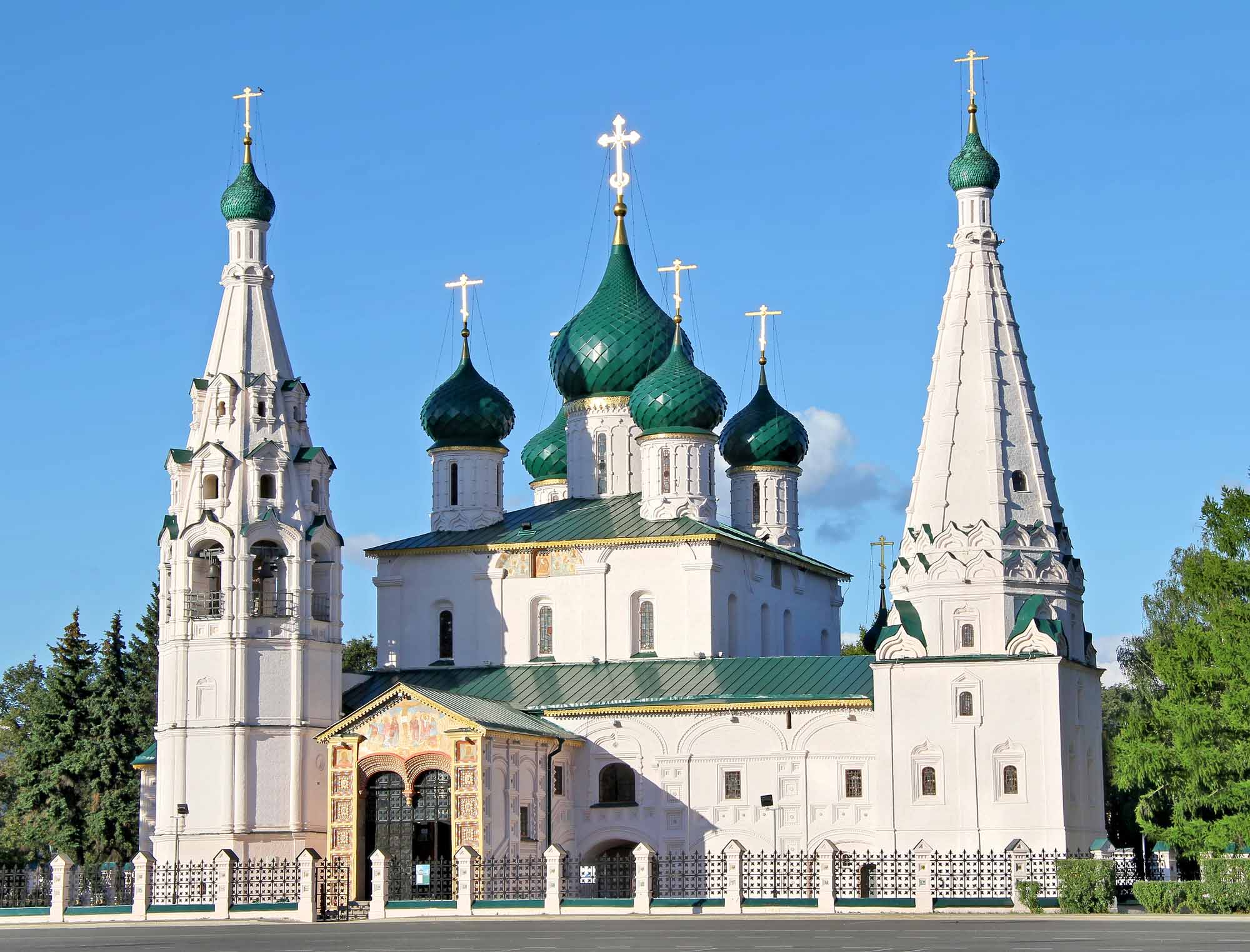
Yaroslavl was founded in 1010 by son of the Kiev prince Vladimir (in 1015 he became the prince Yaroslav the Wise) as the fortress at the place where the Kotorosl River enters the Volga. In 1612 during the Time of Troubles Yaroslavl was an assembly point for the headed by Kozma Minin and Dmitry Pozharsky Second Home Guard being up in arms against Polish troops settling in Moscow. In 1750s young son of local merchant Fyodor Volkov arranged in Yaroslavl first Russian private public professional theater. Yaroslavl is town of trades and crafts, of numerous churches striking your imagination with its original beauty. Enjoy the Yaroslavl churches of the XVII c. with their great dimensions, multiple domes, picturesque asymmetry created by side-chapels, vestibules and porches. The most eminent of them is the Church of St. Elijah the Prophet that is extremely interesting from the point of view of architecture. The church has five cupolas on a tall semi-basement, a two-tiered gallery and side alters. All of its entire interior space is covered with frescoes which considered to be the best among the wall paintings of Kostroma churches.
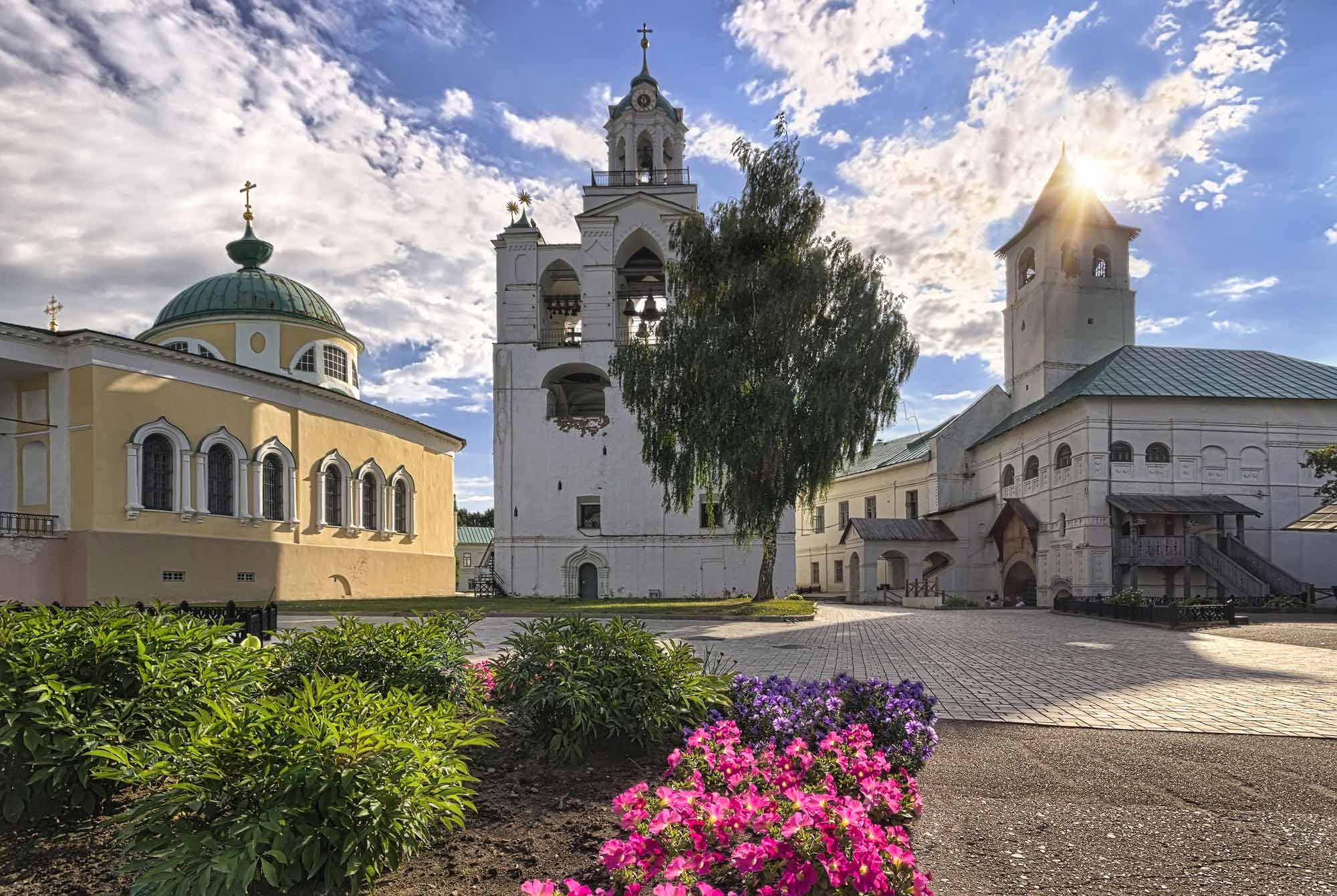
The Transfiguration of Our Saviour Monastery located in the oldest part of Yaroslavl (unpreserved Kremlin at the arrow of the Kotorosl and Volga Rivers) is one of the most interesting architectural monuments of Yaroslavl. The major cathedral of the monastery was built in XIII c.. The Transfiguration of Our Saviour Monastery presents the majestic ensemble of white-stone buildings richly decorated with, frescoes.

Rostov is one of the oldest Russian cities. According to the chronicles Rostov was founded in the IX c.. In the mid-XIV c. it became a religious center of the Moscow Principality. The city is famous for its well-preserved ensemble of the Kremlin built in the XVII c.. In contrast to other Russian Kremlins local Kremlin was originally built not as a fortress but as a magnificent Rostov Metropolitan residence reminiscent of a comfortable and mysterious medieval castle. The Kremlin was designed so that a visitor may view all of its churches, towers, chambers and other buildings by walking along the walls without descending to its ground floor. While visiting the town you have a chance to enjoy the bell ringing of the unique bells of the Dormition Cathedral belfry.
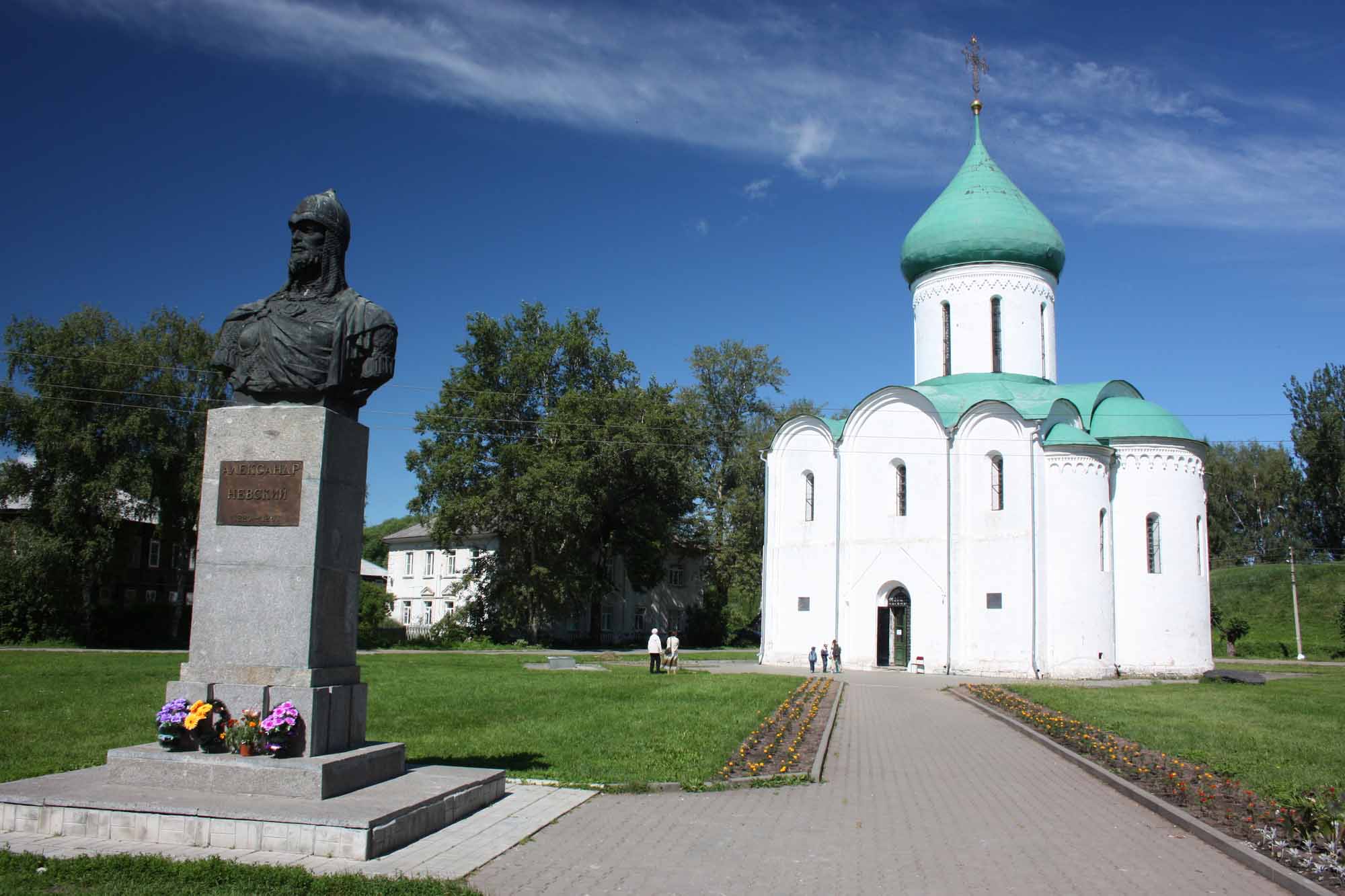
Founded in 1152 by Prince Yury Dolgoruki Pereslavl-Zalessky (Pereslavl Beyong the Woods) is one of the ancient cities of Russia. The town is located about 130 km north-east of Moscow on the bank of the Lake Pleshcheyevo. Here in 1693 young tsar Peter I constructed his Funny Fleet which became a prototype for the first Russian fleet on the Baltic See so Pereslavl-Zalessky is considered to be a cradle of the Russian Navy. In local museum you can see the Fortune boat, the only surviving sample of Peter’s flotilla. The town has a lot of ancient churches and cathedrals worth your attention: St. Theodore Monastery, the Nicetas Monastery, the Cathedral of the Dormition, the Gate Church of St. Nicholas, the Church of All Saints. The real pearl is the Cathedral of the Transfiguration of Our Savior, the oldest surviving architectural monument in Central Russia.
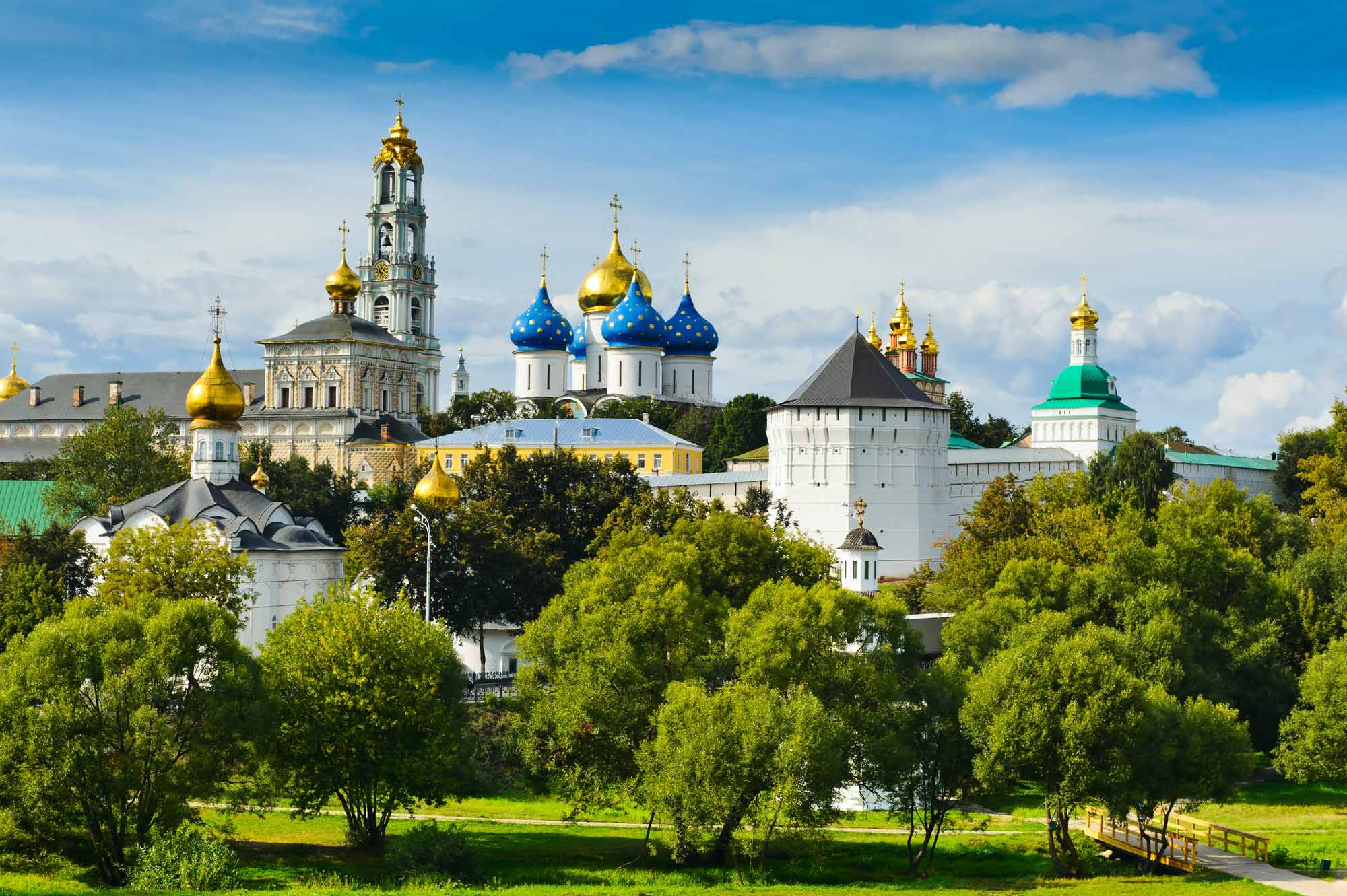
The town of Sergiev Posad (74 km to the north-east from Moscow) is lovely provincial town whose life is centered around the well-known monastery whose overwhelming panoramic view you can see from the Pancake Hill driving to Sergiev Posad from Moscow. The town was named in honour of St. Sergius who was born in the neighboring town of Radonezh and founded of the Trinity Monastery that is now known as the Holy Trinity Sergius Laura, spiritual center of the Russian Orthodox Church, one of the main destinations of Christian pilgrimage and one of the greatest attractions for tourists. Architectural ensemble of the Trinity-Sergius Laura (XV-XIX cc.) reflects all periods of Russian architecture development. The Trinity Cathedral, the major church of the monastery has unique iconostasis of Andrei Rublev. The Dormition Cathedral is a sepulcher of the Russian patriarchs. The Trinity-Sergius Laura is functioning monastery (about 200 monks). The Ecclesiastical Academy is located on its grounds. You have a chance to stand a service at one of churches open to public and to listen to one of the best choirs of Russia.
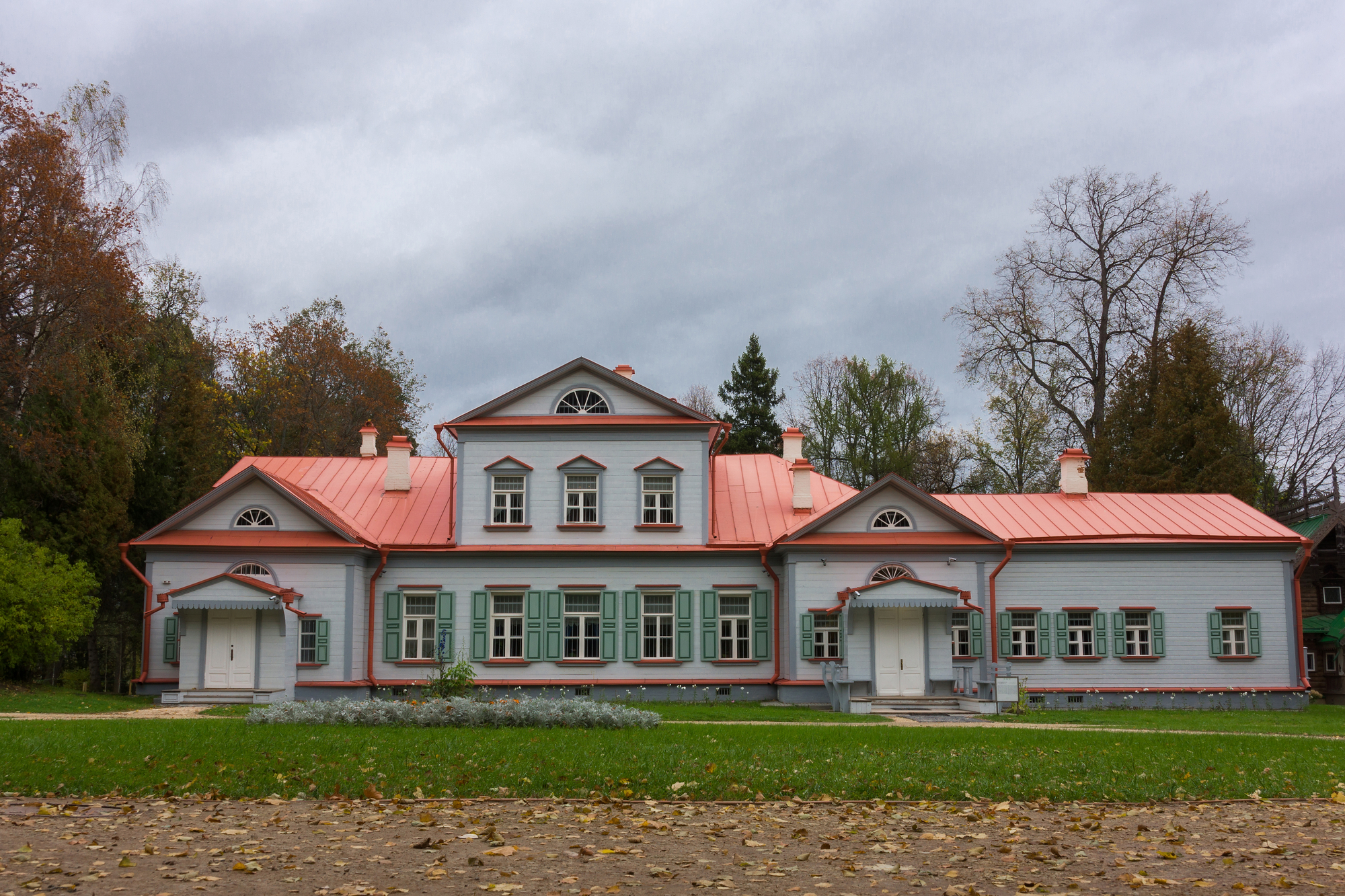
The Abramtsevo estate located between Moscow and Sergiev Posad was one of the most important centers of Russian cultural life in the second half of the XIX c.. In 1840s the owner of this country estate was writer Sergei Aksakov whose often guests were famous Russian authors Nikolai Gogol and Ivan Turgenev. In 1870 Abramtsevo was bought by the industrialist and patron of arts Savva Mamontov and estate became a place of creation and relaxation of many prominent Russian painters: Victor Vasnetsov, Mikhail Vrubel, Vassily Polenov, Valentin Serov. Here Savva Mamontov formed his private opera company. Fyodor Chaliapin and Konstantin Stanislavsky took part in the performances in Abramtsevo. The interiors of the local Church of the Savior (1881-1882) built in style of the XII c. Novgorod temple were designed by Victor Vasnetsov, Vassily Polenov, Ilya Repin. The fair-tale and epic ancient Russia was represented in the works of prominent masters of the Silver Age in Abramtsevo. The collection of fairy-tale ceramic characters as well as the stoves are displayed in the Artist’s Studio constructed in 1872. The interior of a towered bathroom conveys very well the aura of ancient Russian buildings. In the park there is a peasant’s log hut places on chicken’s legs built according to the sketches by Victor Vasnetsov as well as a multicolored majolica bench built according to the sketches of Mikhail Vrubel.

Plyos is a very interesting ancient town located on the bank of the Volga River (68 km from Kostroma). The town was founded by Moscow Prince Vassily I (1389-1425). Vassily I statue is erected at picturesque cedar park. At the Cathedral Hill you can see remains of the ramparts (XIII c.) and the Dormition Cathedral (XVI c.). Houses of local merchants are majestic samples of Russian classicism and Baroque. Pictures of Isaac Levitan, the famous Russian landscape painter, brought the fame to the beauty of Plyos. The Museum-mansion of Isaac Levitan (in this house painter lived and worked in summer seasons of 1888 and 1889) is located there.
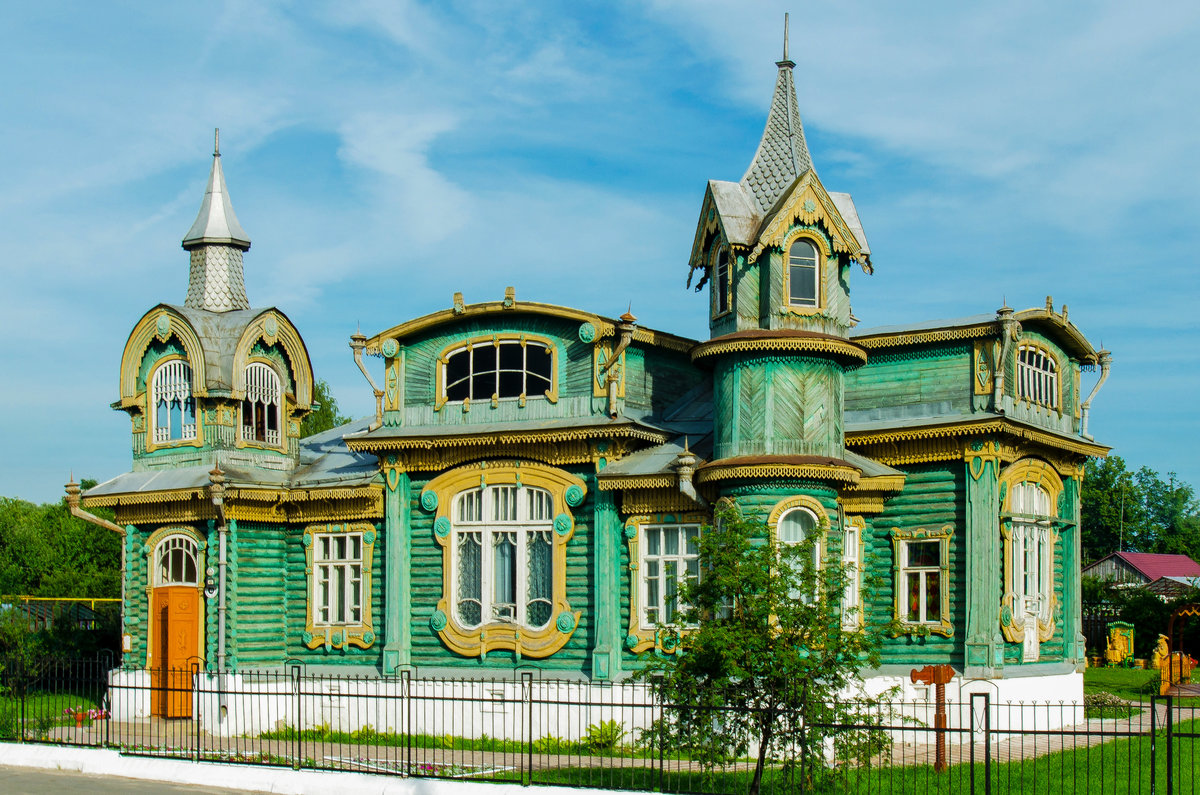
Gorokhovets became a fortified town on the borders of Vladimir-Suzdal Principality in the XII c. in times of Yury Dolgoruki. A lot of cathedrals, monasteries, churches of the XVII-XVIII cc. are preserved there but first of all Gorokhovets is unique open-air museum of ancient Russian civil architecture. There are merchant chambers, stone and wooden huts of the residents of trading quarter with tiles and woodcarving wonderful masterpieces of the XIX c. created by local carpenters.
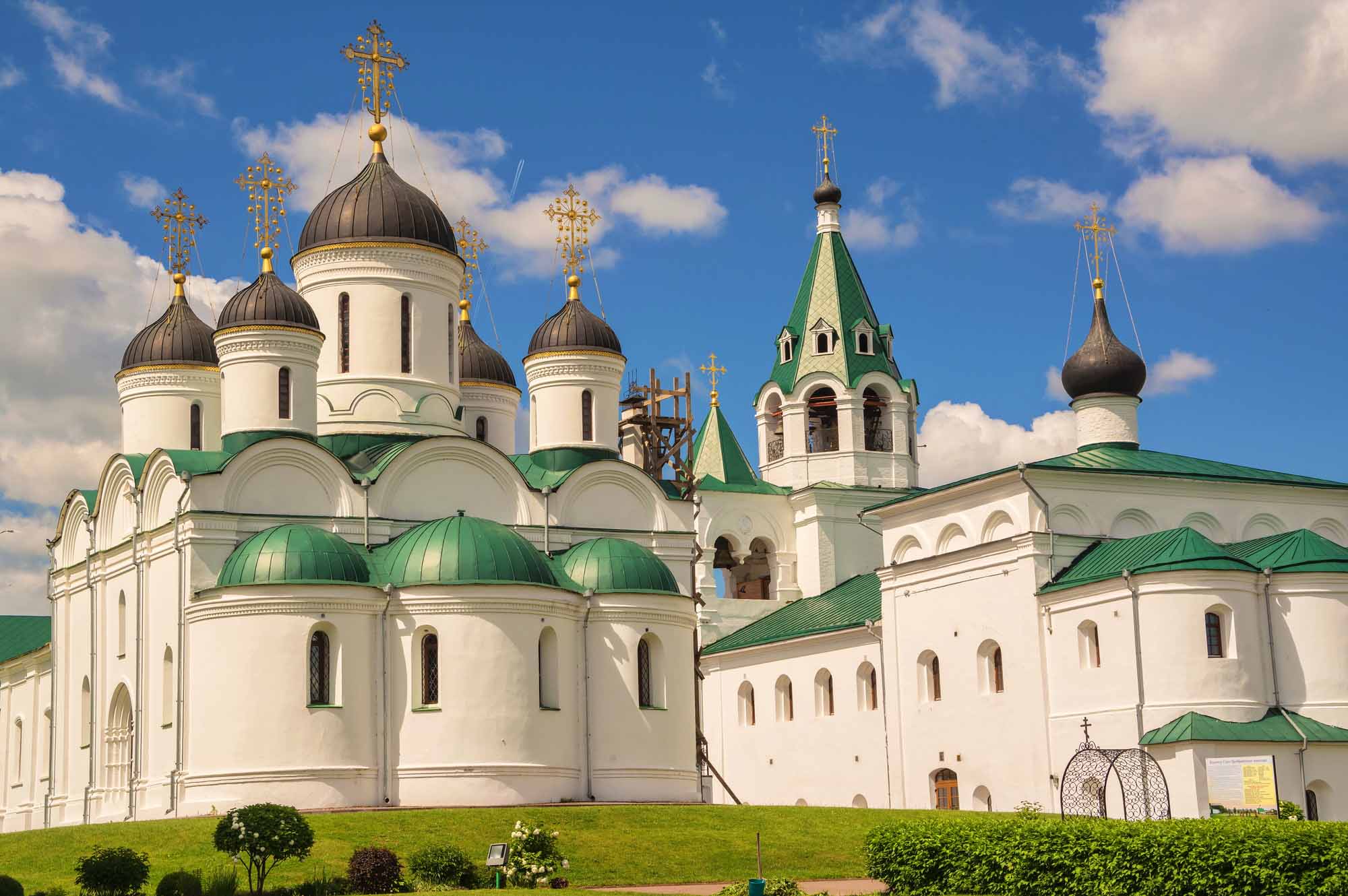
Murom is name of Finno-Ugric tribe that populated vast area of thick forests where Slavic settlement was founded. Being located on the Oka River bank town of Murom carried on trade with the Volga Bulgaria, Byzantine Empire and Arabs in ancient times. In the X c. Murom became the front post on the eastern borders of the Kievan Rus. It is the land where a hero of Russian folklore Ilya of Murom was born. The architectural ensemble of the town was formed with participation of Tsar Ivan the Terrible who stayed in Murom during his Kazan Campaign (1552). Some monuments of that time have been preserved in Murom.

Alexander Sloboda on the Seraya (the Gray) River was first mentioned in the chronicles in XIV c.. Great Prince of Moscow Vassily III (father of Ivan IV the Terrible) built a luxurious palace there called afterwards by historians “Russian Versailles of the XVI c.”. Alexander Sloboda was a residence of Ivan the Terrible during the Oprichnina period terror (1565-1572). The architectural ensemble of the tsar’s residence has been preserved. Nowadays there is a functioning monastery and a museum in Alexandrov.
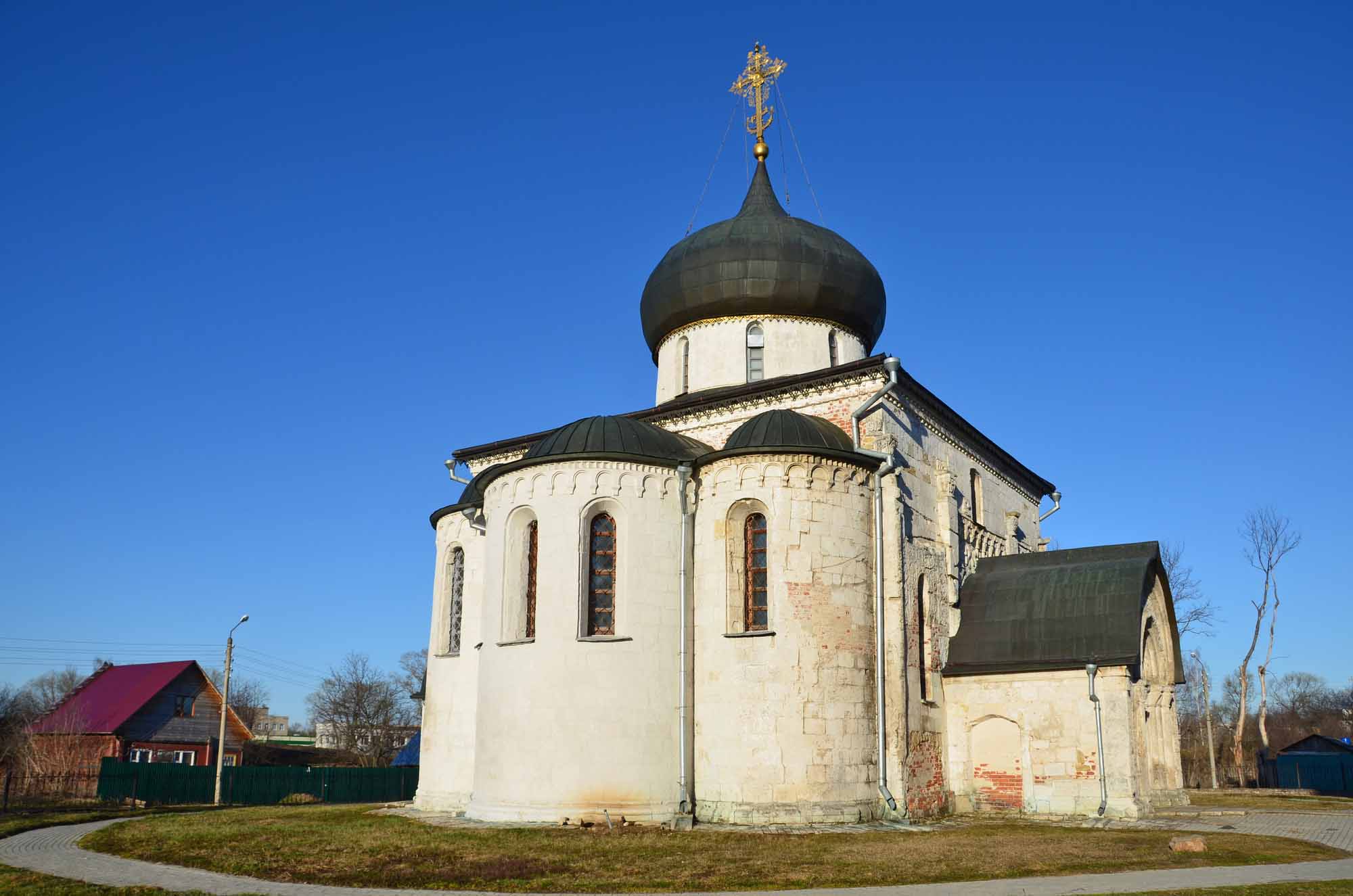
Founded among water meadows of the Koloksha River shore Yuriev-Polsky became the center of specific principality in the early XIII c.. Earth rampart of the Kremlin (XII c.), the ensemble of the Monastery of Archangel Michael (XIII c.) are extant. The St. George Cathedral (XIII c.), the most ancient cathedral of Yuriev-Polsky is the outstanding masterpiece of Vladimir-Suzdal school of architecture.
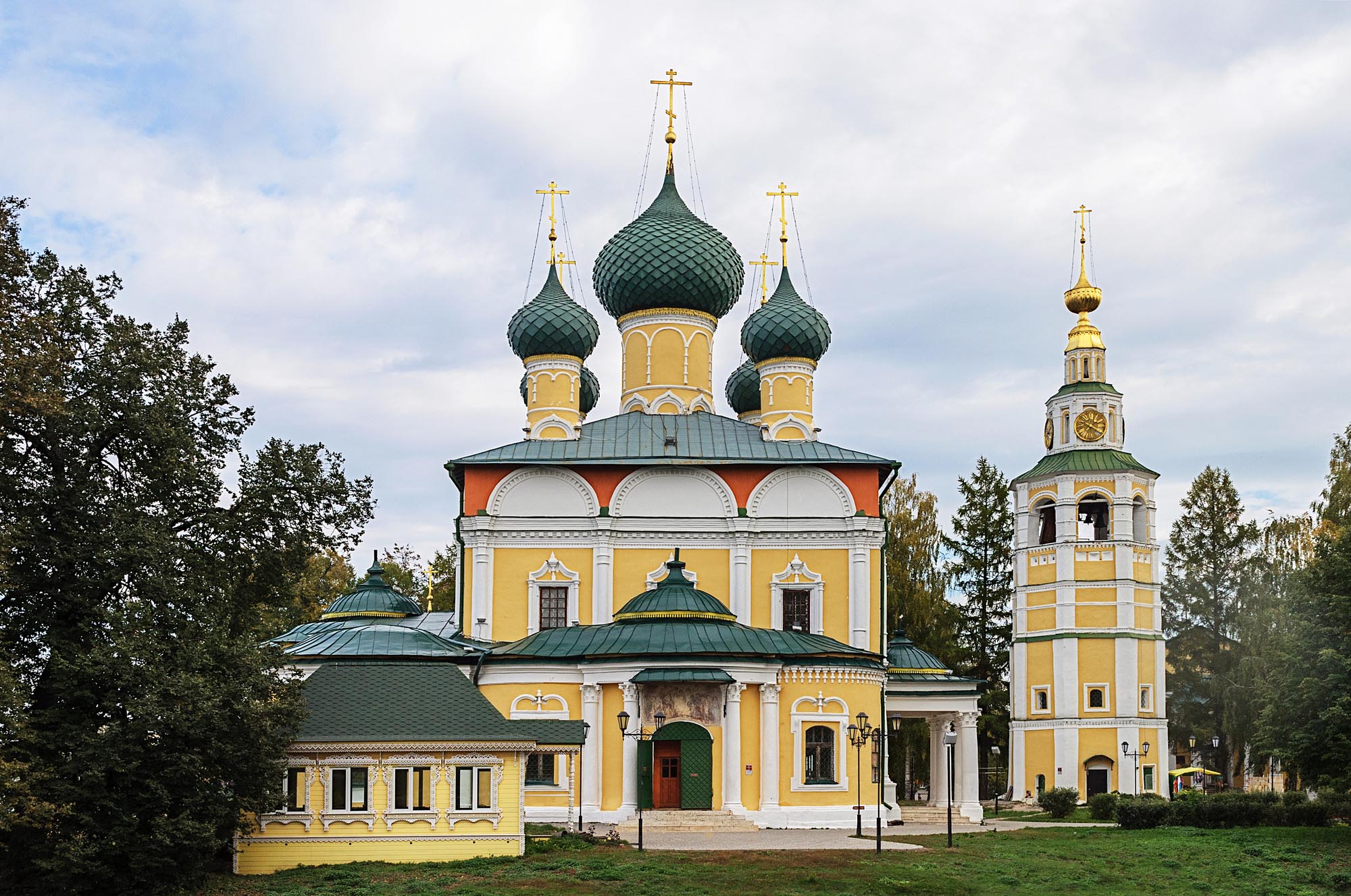
Uglich is the ancient Russian town known as the place where the first dynasty of the Russian Tsars (Rurik dynasty) was broken off (1591). After death of tsar Ivan the Terrible (1584) his last son Dmitry was moved to Uglich with his mother and 7 years later was murdered. Probably this crime was committed on order of Boris Godunov, brother-in-law of tsar Fyodor (Theodore) I Ivanovich, who aspired to became the tsar after his death. This event is considered the beginning of the very long Times of Troubles period which was ended in 1613 only with reigning of the Romanov dynasty. In Uglich you can visit the Kremlin and see the Church of St. Dimitry on the Blood built on the place of tragic death of the prince.